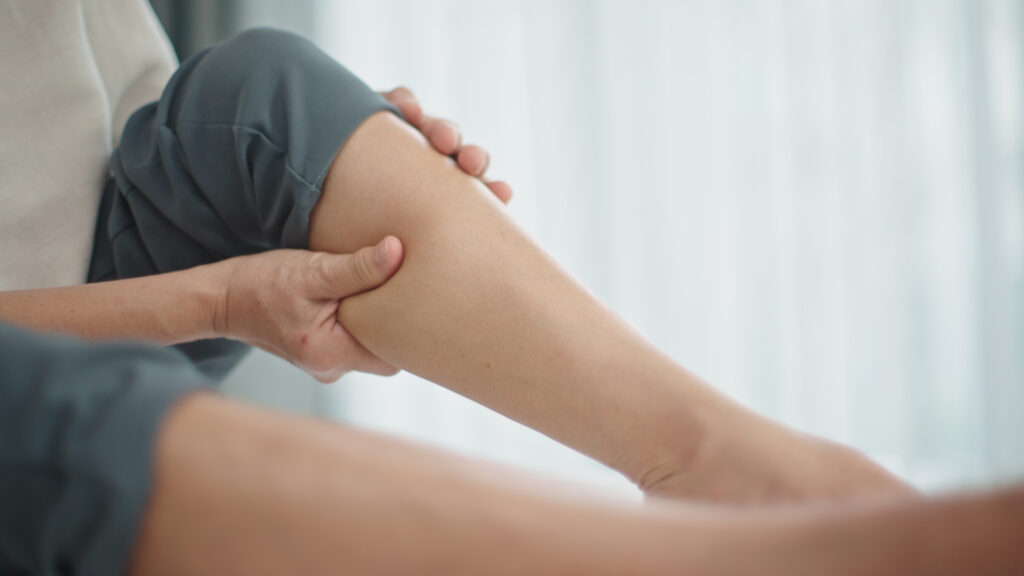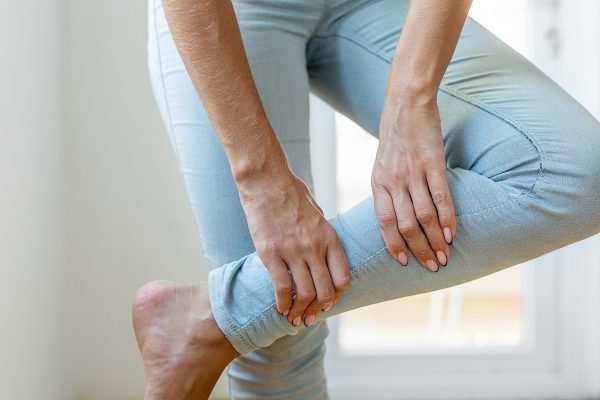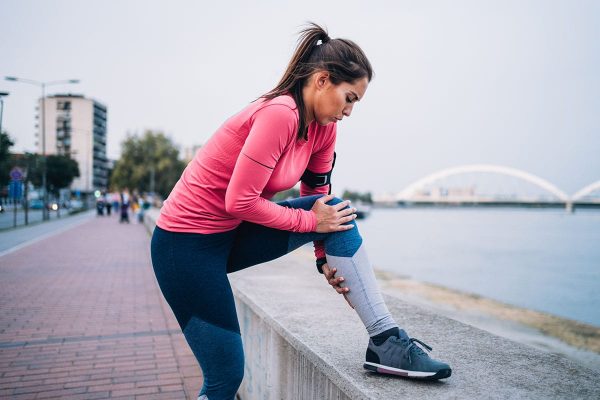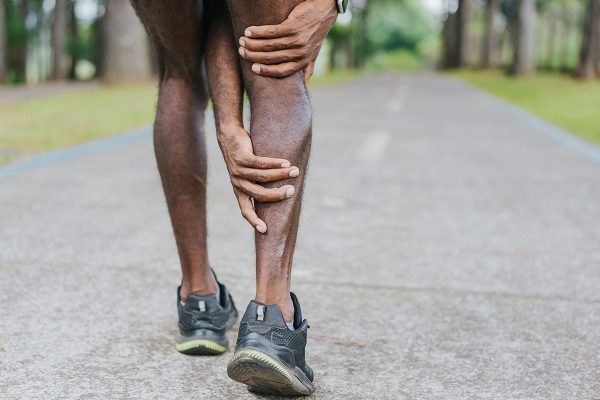As an active person, it can be frustrating when an injury keeps you from participating in the activities you love. A calf strain is a common type of injury, especially for runners and athletes, but it can happen to anyone. It occurs when the calf muscle is overstretched or torn. The pain can range from mild to severe and can significantly impact your daily routine. However, the good news is that calf strain is treatable with the right techniques and approaches. In this blog post, we’ll discuss a few ways to effectively treat a calf strain and help you get back to doing the things you love.
Rest and Ice
When your calf muscle is strained, it is essential to allow it time to heal. Resting the affected area is critical to avoid further damage and promote healing. Most professionals recommend immobilizing the injured area for a few days to a week, depending on the severity of the strain. Additionally, regular icing can help reduce swelling, inflammation, and pain. You can apply a cold compress to the area for 20 minutes every few hours.
Compression and Elevation
Like using ice, applying compression and elevating the injured area can help reduce inflammation and swelling. Compression can help reduce the development of blood clots or fluid buildup in the affected area. A compressive wrap or brace may be helpful in reducing pain and promoting healing. You should also elevate your calf whenever possible to help reduce swelling and speed up recovery.
Massage and Stretching
Once the acute phase has passed, you can start with a gentle massage and stretching routine. Massage helps stimulate blood flow to the injured area and break up any scar tissue that may form while immobilized. Similarly, stretching helps promote flexibility and range of motion. Here are some stretching techniques you can try:
- Calf stretch against a wall
- Seated calf stretch
- Achilles stretch (don’t overstretch this area, though)
- Towel stretch
Seek Professional Help
If your calf strain is severe or prolonged, it is essential to seek professional medical care. Professionals, such as physiotherapists or chiropractors, can offer more in-depth assessments, develop individualized rehabilitation programs, and monitor your progress.
Prevent Future Injuries
As the saying goes, “prevention is better than cure.” Here are some tips on how to prevent calf strains:
- Wear appropriately fitting footwear with good shock-absorbing properties.
- Warm-up before exercising.
- Gradually increase your intensity and duration of exercise.
- Stretch before and after exercise.
- Build up your leg muscles by cross-training.
Calf strains can be painful and disruptive. However, with proper treatment and care, you can heal and get back to your daily routines and activities. Remember to rest, ice, compress, elevate, and seek appropriate professional care. It is also essential to incorporate preventive measures to avoid future injuries. Hopefully, these tips and techniques will help you heal and stay injury-free.





